Tree Trimming and Pruning in Minnesota
Rainbow Treecare is Minnesota’s premier provider of tree pruning services. We offer tree trimming (pruning) services to help your trees develop and maintain their proper structure. Regular pruning is an essential maintenance practice for trees of all sizes to encourage proper growth and prevent decay and disease by removing dead wood, which serves as a food source for fungi.
Pruning young trees is especially important for species such as the Autumn Blaze maples and Littleleaf lindens, commonly planted in Minneapolis, as they are prone to poor structure if not properly maintained. Pruning is one of the most important services for trees of all ages and is recommended every two to five years. Contact us today for your free pruning, estimate!
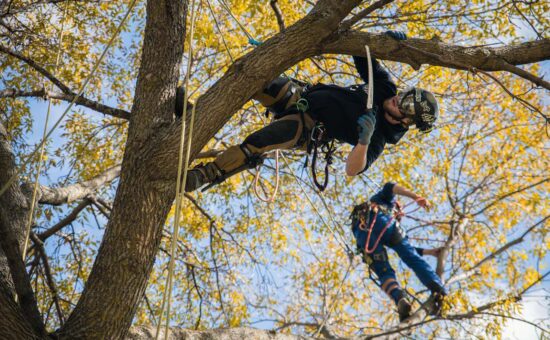
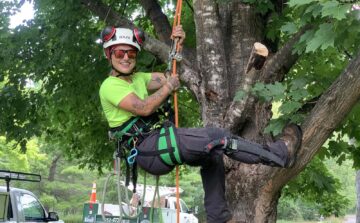
What can you expect from our trimming and pruning services?
One of our ISA Certified Arborists will evaluate your trees to determine which type of tree pruning (tree trimming) service is needed and why. Our service options are customized to your tree and property needs and the growing conditions in the Minneapolis & St. Paul area. We will examine your tree’s age, size, location, and structure to develop a comprehensive pruning proposal. We will provide you with an estimate that includes a description of the type of work to be done and itemized costs.
Tree pruning is good for your trees!
- Provide proper structure for the long-term growth of a young tree
- Remove dead branches to prevent them from causing damage or injury
- Provide the clearance necessary from homes, buildings, and power lines
- Remove hazardous branches to increase safety for you and your neighbors
- Help young trees develop an aesthetically pleasing form and strong structure
Why choose the experts from Rainbow Treecare?
We are Minnesota’s premier licensed and insured tree pruning experts. With over 45 ISA Certified Arborists on staff, our team is highly skilled in assessing and performing pruning that will enhance the health and longevity of your trees. Pruning is permanent and cannot be undone, so choosing a qualified expert is especially important for this service. Improper pruning may weaken a tree, shorten its life, or reduce its aesthetic value. Additionally, one of our core values is safety. You can rest easy knowing our team will perform all services while taking every precaution to keep our staff, bystanders, and your property safe.
Additional frequently asked questions about tree pruning
If you are gathering more than one pruning estimate, you will find they can vary quite a bit. When comparing tree pruning estimates, it is essential to request consistent specifications, such as the size and class of deadwood to be removed. Lastly, we also recommend evaluating considerations such as the type of equipment to be used and the company’s safety standards. Read our blog about How to Be an Informed Pruning Customer.
Winter is an ideal time to prune your trees, and there are many reasons why winter pruning is beneficial. Pruning during the dormant season minimizes the energy taken from the tree, and there is less impact on your landscape. Additionally, some trees, including oaks and elms, should only be pruned in the winter to avoid the spread of disease.
Young trees require regular formative pruning as a maintenance practice to help develop strong branches and tree trunks. Formative pruning also minimizes costly corrective pruning once trees mature. This helps them live longer and look better. Fast-growing tree species (such as Autumn Blaze Maple, Silver Maple, Elm, and Cottonwood) are prone to developing a weak structure without formative pruning and may require pruning as often as every 1-3 years.
The objectives of pruning shrubs are to maintain the desired size and appearance (natural or formal), maximize flowering potential, and promote the ability to regenerate naturally. Shearing a shrub with a trimmer to a uniform size can cause it to die prematurely. Shrubs display their best characteristics when selectively pruned regularly and correctly.
Schedule your pruning service today!
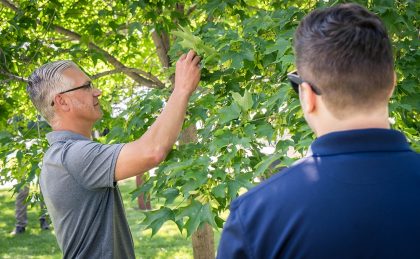
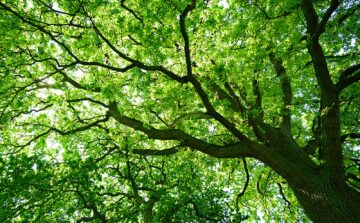
Healthy Trees Begin from the Ground Up
Proper tree planting, followed by maintenance practices, including root care, soil management, and ongoing care, are essential for nurturing healthy trees.
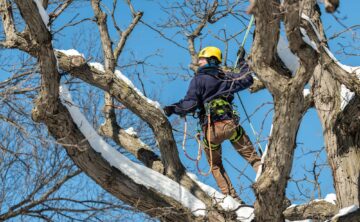
Five Reasons To Prune Your Trees This Winter
Pruning is a key part of keeping trees healthy and safe to live with in your Minnesota yard. It’s also one of the only landscape

Four Famous American Trees for the 4th of July
Happy Independence Day! This patriotic holiday is an excellent opportunity to look at some famous American trees. From record holders to historical myths, these trees
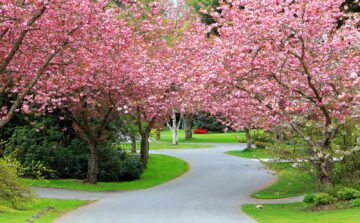
Spring Tree Care Checklist for Minnesota Homeowners
Welcome your trees back from their winter slumber with a little love and care. Spring is an important time for the trees and shrubs in



